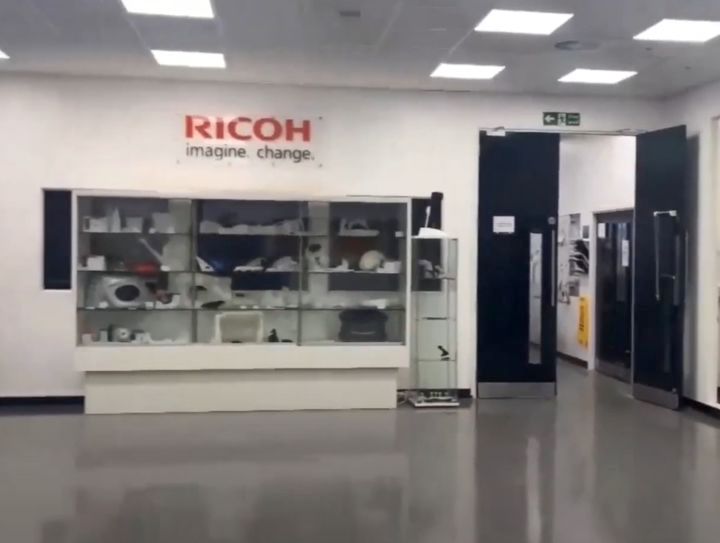
The trend continues: 3D printing companies, one by one, are transforming their activities to place less burden on the environment.
This has been a trend for a while now, with some offering recycled thermoplastic materials taking the initial lead. Rather than toss waste 3D prints, it’s possible to convert them back into usable 3D printing filament with the appropriate equipment. A number of other initiatives involve the collection of waste PET drink bottles, which are then chopped and converted back into 3D printer filament.
Renewable Energy for 3D Printing
But materials are only part of the environmental story in 3D printing: other dimensions include transport, construction, and of course, energy use.
While many businesses have a 3D printer or two for prototyping, there are now plenty of operations that involve massive fleets of 3D printers in production settings. A single 3D printer is not a massive consumer of energy, but a hundred certainly is a different matter.
There are some major companies switching, or at least commit to switching, their energy infrastructure to renewable sources. Apple is one, where the majority of their consumed energy is sourced from renewable plants. But is this phenomenon occurring in 3D printing?
One prominent announcement we’ve seen a few months ago was from Clariant, a major provider of 3D print materials. In February they announced that one of their German plants had switched to zero emission electrical consumption. At the time I had hopes this might become a trend.
However, COVID-19 hit and everyone was distracted, at least for a while.
Ricoh Renewable Energy
Now we learn that Ricoh Europe has committed to “100% renewable energy” at its site in Telford, UK.
They’ve signed a deal with a Danish offshore wind turbine operator to provide them with lean power.
Ricoh UK Managing Director Colin Weaver said:
“We have embarked on a journey of reducing our carbon footprint in every possible way. Having a sustainable energy provider is a key part of our efforts, but it is by no means the only thing we are doing as a business to be environmentally responsible.”
The company is not just simply switching their power source; in fact they are taking other initiatives to actively reduce the amount of energy consumed. While this site can’t easily control the energy used by their 3D printers, they can do other things, like reducing lighting power consumption through an LED conversion. They say they’ve been working on similar reduction activities since 2002 and have spent a massive £2M (US$2.4M) on green initiatives over that period. This has enabled them to reduce their CO2 emissions by half.
I’m impressed by their consistent work in this area, and offer congratulations on the recent move.
In February I pondered whether Clariant’s move was the beginning of a trend. Here we have another step, so perhaps that trend is beginning to take flight.
Where does your 3D printing company obtain its energy? Is it from renewable sources? Could it be switched? Is there an internal initiative to work on a conversion?
If not, why not start one yourself?
Via Ricoh Europe
